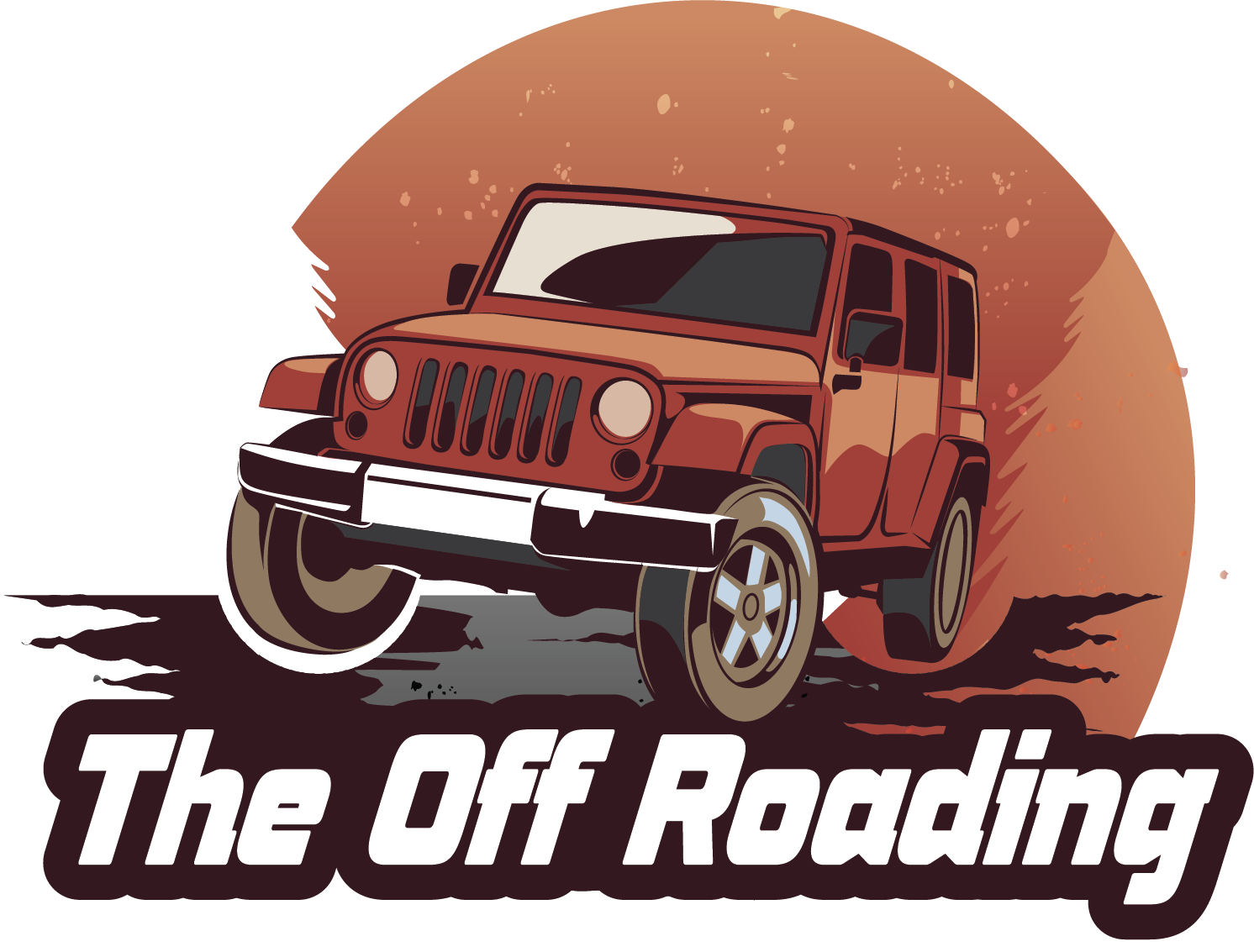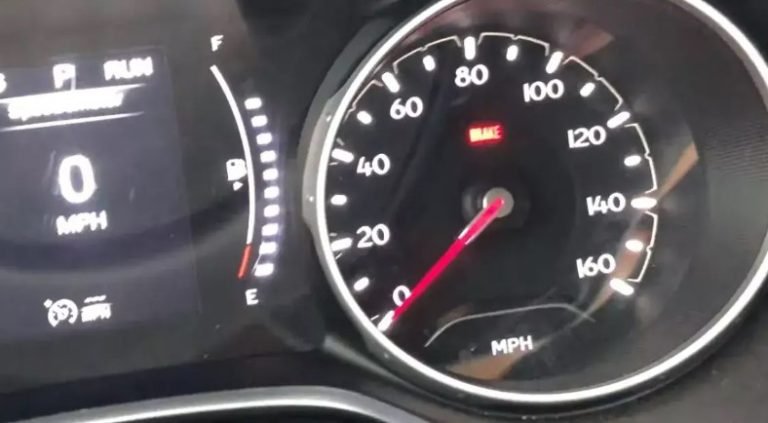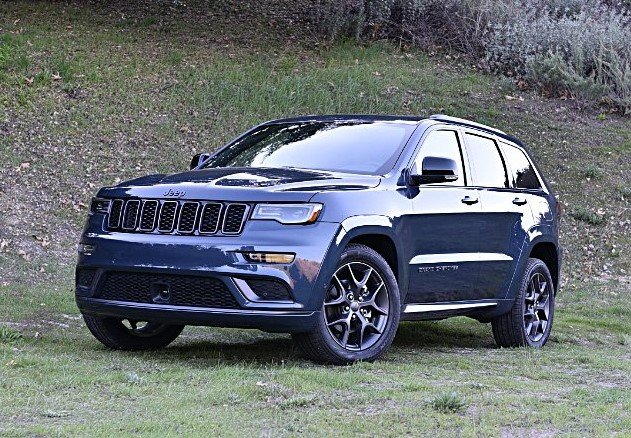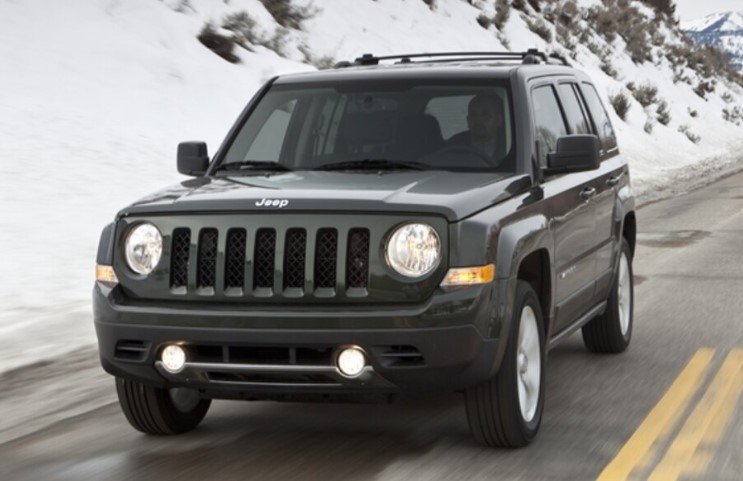7 Common 2017 Jeep Wrangler Problems: What You Need to Know
The 2017 Jeep Wrangler is a very modern well-known vehicle. It’s durability and off-road experience will not disappoint you. If you think of an off-road capable vehicle, the 2017 Jeep Wrangler tops it all.
When compared to other vehicles, you will find the Jeep Wrangler’s special features as well as some of its problems. Being attentive to the causes of the 2017 Jeep Wrangler problems can protect you from future problems.
There are a few steps that are important to follow in order to have a smooth decorating adventure in one ownership. Here are some of the issues that owners have encountered with this Wrangler that will make it easier to prevent and resolve problems later.
A Glance At 2017 Jeep Wrangler Common Problems
The 2017 Jeep Wrangler is a familiar name among enthusiasts. Its excellent off-road capability creates excitement among all. Jeep Wrangler users can follow some handy steps to solve or prevent problems from occurring. Here are some of the problems that the 2017 Jeep Wrangler can sometimes cause. Also, explore the 2016 Jeep Wrangler’s problems
| Problems | Causes | Solution |
| Engine Misfires | Faulty spark plugs. Ignition Coil Problems. Fuel Injector Problems. | Replace worn spark plugs. Use high-quality fuel. Replace the faulty ignition coil(s). |
| Transmission Problems | Low transmission fluid. Transmission Control Module (TCM) Problems. Worn Clutch Components. | Check fluid at the correct level. Follow the manufacturer’s instructions. Replacing worn components. |
| Death Wobble | Suspension wear and misalignment. Unbalanced tires. | Inspect suspension components regularly. Replace worn bushings. Ensure proper wheel alignment. |
| Electrical Issues | Faulty wiring. Software glitches. | Check damaged wiring or loose connections. Consult a qualified mechanic. Update the vehicle software. |
| Suspension Problems | Shock absorber issues. Worn-out Bushings. Weak or damaged springs | Inspect bushings and shock absorbers. Replace worn-out components. Upgrade heavy-duty springs. |
| Bake Problems | Poor quality brake pads.Aggressive driving. Low brake fluid levels. | Replace poor brake padsAvoid hard braking. Check brake fluid levels and use the right amount of brake fluid. |
| Steering Issues | Misaligned wheels or unbalanced tires. Low power steering fluid levels. Damaged steering components. | Cheak wheels aligned and balanced. Top up steering fluid levels. Replace worn components. |
Detailed Discussion Of The 2017 Jeep Wrangler
2017 Jeep Wrangler troubleshooting is an important step in keeping your vehicle safe. A detailed description of how to identify the root cause of a problem vehicle problem and how to fix it as needed. Also, check the 2018 Jeep Wrangler problems
1. Engine Misfires
Less can be said about the importance of a vehicle’s engine. The engine is the main component or part of a vehicle. 2017 Jeeps are mostly used for off-road. As a result, the engine needs to be more efficient. To keep this engine healthy and prevent any problems, there are many steps to follow. Here are some common engine problems and solutions.

Causes
- The main cause of engine problems is faulty spark plugs.
- Ignition coil problems also cause engine failure.
- Any unusual symptom of the engine’s fuel injectors could be the cause of engine trouble.
Solution
- Replace worn spark plugs
Step 1: Open the hood of your car and locate the spark plugs.
Step 2: Cool the engine and assemble your tools before removing the spark plugs. To change spark plugs you need a ratchet socket drive wrench, an extension bar, spark plug sockets, a spark gap gauge or a feeler gauge.
Step 3: Remove the first spark plug and pull the wire plug out of the engine by grasping it as far down as possible. Fit your socket wrench to the extension bar and remove the spark plug.
Step 4: Measure the spark plug gap. Consult your owner’s manual to find the optimal distance for your spark plug gap.
Step 5: Check the existing plug is working properly.
- Use high-quality fuel
Step 1: Place your vehicle on a flat surface. Remove the oil pan drain plug and catch the draining oil in the catch pan.
Step 2: Lift the front end of the engine and remove the oil filter cap using the extension.
Step 3: Fill with your preferred engine oil using a funnel and replace the filler cap when done.
Run the engine for a few minutes to circulate the oil then check the oil level.
- Replace the faulty ignition coil(s)
Step 1: First make sure your car engine is cold. Apply the emergency brake and remove the hood.
Step 2: Remove the engine ignition coils. Check each ignition coil.
Step 3: Replace the new coil lubricant in the engine.
2. Transmission Problems
The suspension system is one of the key components of a vehicle. Some mechanical problems with the suspension system may occur. Diagnosing the cause and proper maintenance of your 2017 Jeep Wrangler’s suspension system can remedy these problems. The causes and solutions of some problems are presented before you.
Causes
- Low transmission fluid is the root cause of suspension system problems
- Transmission Control Module (TCM) problem.
- Worn clutch components can cause the suspension to become unusable.
Solution
- Check fluid at the correct level.
The main component of the suspension system is the fluid. Using the right amount of fluid will keep other parts of your vehicle’s suspension working properly. So check the manual to determine the correct amount of fluid.
- Follow the manufacturer’s instructions
Hiring an inspector is the best decision to keep your vehicle running and fix any issues. It plays a major role in solving your vehicle’s problems.
- Replacing worn components
Any type of worn component contributes to the ineffectiveness of even a good component. So it is very important to replace any faulty components that can damage your vehicle’s suspension system.
3. Death Wobble
Death wobble is a vehicle material problem. This causes the front end of the vehicle to vibrate or oscillate. It affects off-road vehicles including Jeep Wrangler axles. Taking corrective measures is an important step to increase safety.
Causes
- Suspension wear and misalignment can cause death rattles.
- Unbalanced tires exacerbate this problem.
Solution
- Inspect suspension components regularly
Regular inspection and testing of the suspension system can be beneficial to keep your 2017 Jeep Wrangler running smoothly. Malfunctioning components of the suspension system hinder your vehicle’s ability to function and drive. Get your vehicle’s suspension components checked regularly as advised by a professional mechanic.
- Replace worn bushings
Regularly monitor your vehicle’s suspension components to prevent death wobble. Repair worn bushings. It is best to have these faulty components replaced by a qualified mechanic.
- Ensure proper wheel alignment
There is no end to the importance of proper wheel alignment to extend the life of your Jeep Wrangler and increase safety off-road. Follow the owner’s manual to ensure proper wheel alignment.
4. Electrical Issues
All internal and external functions of a vehicle are affected by electrical means. The 2017 Jeep Wrangler is an adventure vehicle. The electrical system plays a role in keeping it effective off-road. There are a number of factors that can lead to electrical problems. Below are these problems and some instructions to solve them.
Causes
- Electrical problems occur due to incorrect connection arrangements.
- Electrical disconnection can occur due to various software errors.
Solution
- Check for damaged wiring or loose connections
Wiring serves to maintain electrical connections. Use safe wiring to remedy your Jeep Wrangler’s electrical problems. A faulty wiring can compromise your safety. Check electrical connections regularly.
- Consult a qualified mechanic
A mechanic’s advice plays a very useful role in getting a good electrical system. A professional mechanic can help you with regular maintenance and proper troubleshooting.
- Update the vehicle software
The 2017 Jeep Wrangler is a vehicle with modern technology. Starting from its suspension system to the electrical system, all the modern advanced standards are done. Replace or update your vehicle’s software to eliminate any problems.
5. Suspension Problems
The suspension system performs multiple functions in a vehicle. Here are some steps to follow to keep your 2017 Jeep Wrangler’s suspension system working.
Causes
- Shock absorber issues.
- Worn-out Bushings.
- Weak or damaged springs.
Solution
- Inspect the bushings and shock absorbers
Drive and inspect your vehicle regularly. The suspension system plays a special role in the shock absorption of the vehicle. Consult a professional to prevent any bushing problems.
- Replace worn-out components
Replace worn parts to keep the 2017 Jeep Wrangler active. This will make your vehicle more efficient. Follow the instruction manual.
- Heavy-duty spring upgrade
Over time your vehicle may become useless. Update the components on time to maintain its proper performance. This will reduce your vehicle’s problems and increase its performance.
6. Bake Problems
When thinking about the safety of a vehicle and its passengers, the first thing that comes to mind is the vehicle’s brake system. It is a serious hazard if the vehicle’s brakes fail while it is moving. 2017 Jeep Wrangler is one of the problems with the brake system. Basically, some inadvertence can lead to brake system problems. Below is an analysis of this.
Causes
- Poor quality brake pads.
- Aggressive driving.
- Low brake fluid levels.
Solution
- Replace weak brake pads
Usually, weak brake pads make the brake system ineffective. Abnormal noise and soft feeling when braking can be caused by brake pads. Prompt replacement of weak brake pads is advised.
- Avoid hard braking
Unconsciously hard braking quickly wears down a car’s brake system. Sudden hard braking also poses a safety hazard. Try to avoid it.
- Check the brake fluid level and use the correct amount of brake fluid
Check the brake fluid regularly to keep your Jeep Wrangler’s brake system active. The level of brackish fluid reveals its effectiveness. Using the correct amount of fluid can also protect your brake system.
7. Steering Issues
A vehicle’s steering problems can be dangerous for both the driver and passengers. Steering plays an important role in driving safely. A faulty steering makes driving more difficult. Common steering problems and solutions are explained.
Causes
- Misaligned wheels or unbalanced tires.
- Low power steering fluid levels.
- Damaged steering components.
Solution
- Check wheel alignment and balance
The role of wheels is important in solving steering problems. Keep your vehicle’s wheel alignment correct. Follow the same activity on each wheel. Maintaining proper wheel alignment and balance prevents steering problems.
- Top up steering fluid
Check the steering fluid regularly and top up the steering fluid as needed. Consult a professional for any steering malfunction.
- Replace worn components
Any worn component is the root cause of a vehicle’s problems. A defective fully worn component disrupts the normal performance of the vehicle. So replace the worn parts to solve this problem quickly.
Watch this:
Final Words
The 2014 Jeep Wrangler is a vehicle with excellent off-road capabilities. For any adventure, this wrangler is at the top of everyone’s wish list. A technical vehicle may develop certain problems over time. Any normal symptoms should resolve quickly. Moreover, small problems lead to big problems and can be expensive to fix.
2014 Jeep Wrangler can cause some problems. But with a few steps and proper maintenance, this problem is easy to solve. Inspect your 2017 Jeep Wrangler problems regularly as per the vehicle manual. It is very important to seek professional advice in troubleshooting a technical vehicle.
FAQs
Q.1: What’s wrong with a 2017 Jeep Wrangler?
Owners reported that the engine would not start due to a malfunction in the wireless control module. Water can seep out of the door pillars. Offset also causes alignment problems in upper ball joints.
Q.2: What are the most common problems with the Jeep Wrangler?
The most common problems with the 2017 Jeep Wrangler are engine problems, electrical problems, brake problems, suspension problems, etc.
Q.3: What are the negative aspects of the Jeep Wrangler?
The negative aspects of buying a Jeep Wrangler are poor fuel economy, expensive, lack of cargo space, lack of engine options, etc.
Q.4: Are there any recalls for the 2017 Jeep Wrangler?
There is a recall for the 2017 Jeep Wrangler. The brake switches on these vehicles may be defective. The vehicle is likely to consume more fuel. You can consult a professional.







